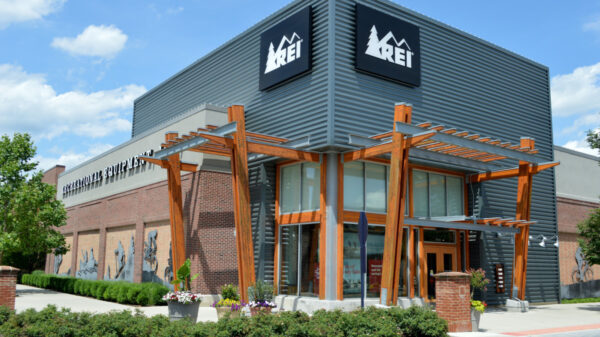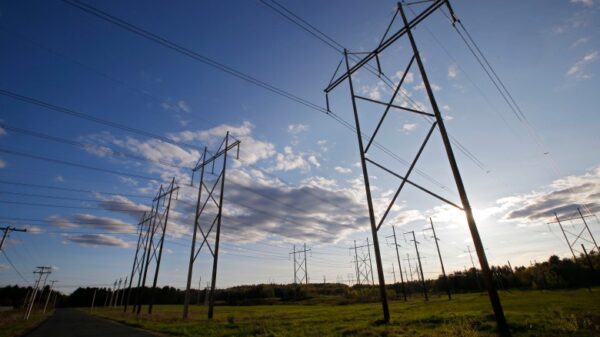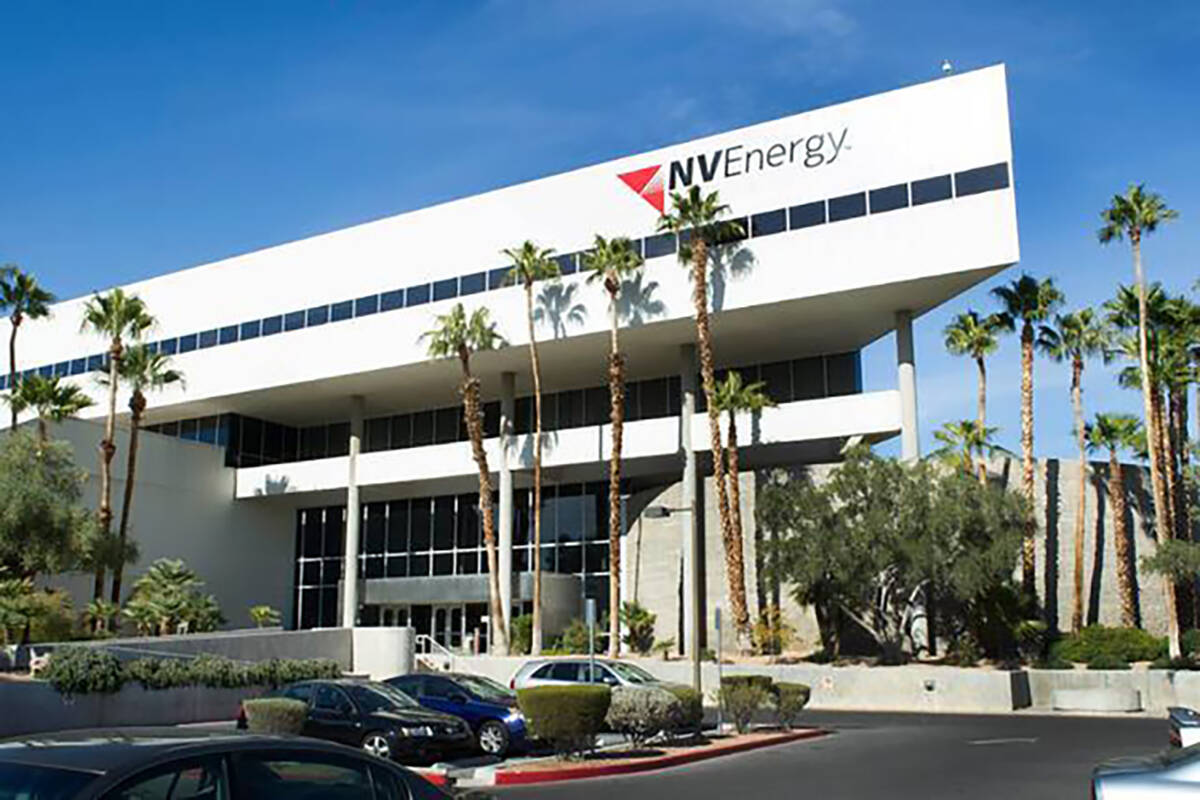A recent decision by NV Energy to implement a demand charge for residential customers has raised concerns among homeowners in Las Vegas. This new surcharge targets energy consumption during peak hours, specifically from 5 p.m. to 8 p.m., when many residents are returning home from work, preparing meals, and utilizing air conditioning.
The Nevada Public Utilities Commission (PUC) has approved NV Energy’s request, which could lead to costs skyrocketing for consumers. During these peak hours, residents may find themselves paying rates that are as much as eight times higher than their usual charges. This change comes as the utility company aims to manage increased demand from substantial new data centers being constructed in the region, which are expected to consume an additional 21,000 to 22,000 megawatts of power.
Residents are now faced with a dilemma. In an effort to mitigate costs, NV Energy has suggested that homeowners raise their air conditioning thermostats and use fans instead. Ironically, this advice comes as the utility prepares to impose charges on the use of fans during these peak hours. Many families, especially those with children, find themselves in a challenging situation where they must balance comfort with escalating expenses.
The energy landscape in Nevada has been evolving, with the influx of data centers significantly impacting the grid’s capacity. These facilities not only require vast amounts of electricity but also consume millions of gallons of water. NV Energy maintains that these measures are necessary to ensure reliability and prevent disruptions in service. Yet, the implications for consumers are significant, as they may be forced to endure higher temperatures in their homes or pay exorbitant prices for basic cooling.
As the situation develops, it becomes crucial for the PUC and NV Energy to reassess how these changes will affect everyday families in Las Vegas. Consumers are left questioning whether their needs are being prioritized in the face of growing industrial demands. The balance between infrastructure growth and consumer affordability remains a pivotal issue for the region’s energy future.






































































